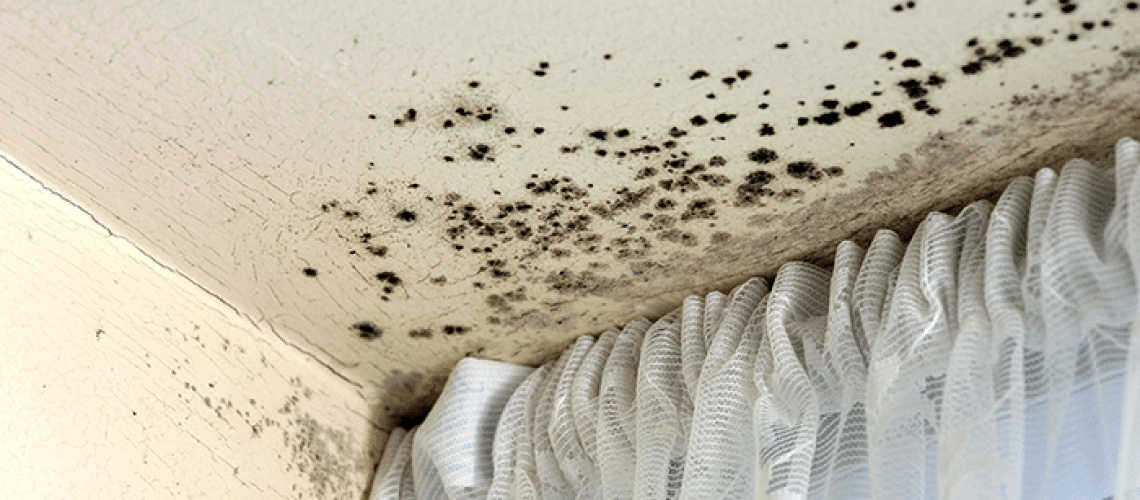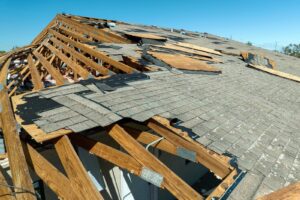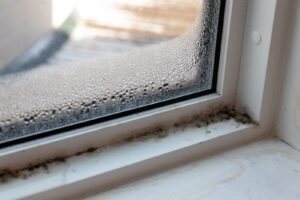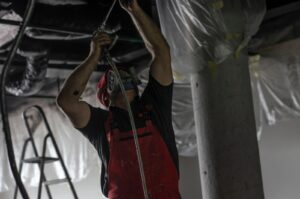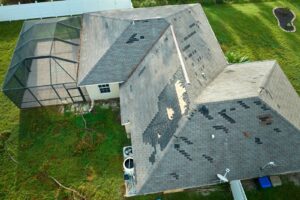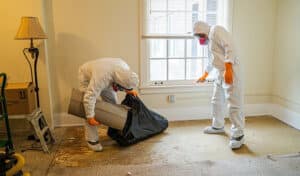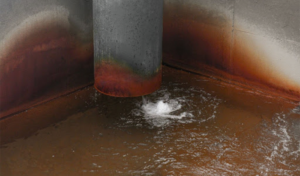Did you know that one of the most common places in your house for mold growth is right in your attic?
Unfortunately, attics typically have the ideal conditions for mold to grow — hot, humid, and a virtually unlimited food source with the wood sheathing. Moreover, the vast majority of homeowners rarely make their way to their attics, so mold can continue to grow, undisturbed, for months, or even years!
Many homeowners first learn about their mold problem while selling their property. It seems like the buyers’ home inspector finds the mold in the attic just before closing, causing chaos to set in, and the whole deal is put in jeopardy. Regardless of if you’re selling your property or are continuing to live in it, any mold issue must be taken care of right away.
Learn more about mold growth in your attic below.
What Causes Attic Mold Growth?
Mold problems typically do not exist without moisture problems. Generally speaking, moisture problems in attics are usually caused by:
- Insufficient or Blocked Ventilation — The most common cause of attic mold, by a landslide, is inadequate or blocked ventilation in the area. Attics often have a passive venting system that creates a breezy airflow and a well-ventilated attic.
- Roof Leaks or Other Roofing Issues — Roof leaks and other roofing issues can often result in mold problems. Check your roof and attic for issues and problem areas often, such as dark or discolored stains, roof valleys, plumbing stacks, chimneys, windows, and more.
- Improper Exhausting of Dryer Vents and Bathroom Fans — The exhaust fans in your kitchen, bathroom, or laundry space is meant to pump moisture out of your house and should never terminate inside your attic.
Signs of Mold Growth in Your Attic
Thankfully, you can avoid the whole “mold-in-my-attic panic” scenario easily by checking your attic yearly for mold and other issues and handling them right away if you do find something. Here’s what to look for during your annual checks:
- Dark or Black Staining — If you see black discoloration on the wood in your attic, the issue has moved beyond just moisture; you have mold that needs to be removed.
- Excessively Stuffy or Hot — Attics will feel breezy when adequately ventilated. When an attic is hot or stuffy, there’s likely a ventilation issue, which often leads to mold.
- Frosty Roof Sheathing — When the temperatures are low enough, water vapor in an improperly ventilated attic can freeze on the underside of your roof.
- Damp Insulation — Wet insulation can indicate that you have a mold issue or soon will. It also means its ability to insulate your home is significantly lessened, resulting in more money spent trying to heat or cool your house.
- Mildew or Musty Smell — A musty or mildew smell in your attic almost always means there’s a moisture problem and that there’s likely a mold issue
Mold Growth Issues in Your Home? Contact Restoremasters Today!
If you have mold growth issues in your Northern Utah property, contact the trusted mold remediation specialists at Restoremasters today! Our professional team has over 100 years of combined experience and is dedicated to repairing all affected areas and getting you back in your home as soon as possible. We are available 24/7 for emergencies across the Wasatch Front, including Salt Lake City, West Jordan, Bountiful, Lehi, and more. Contact us today to learn more.

